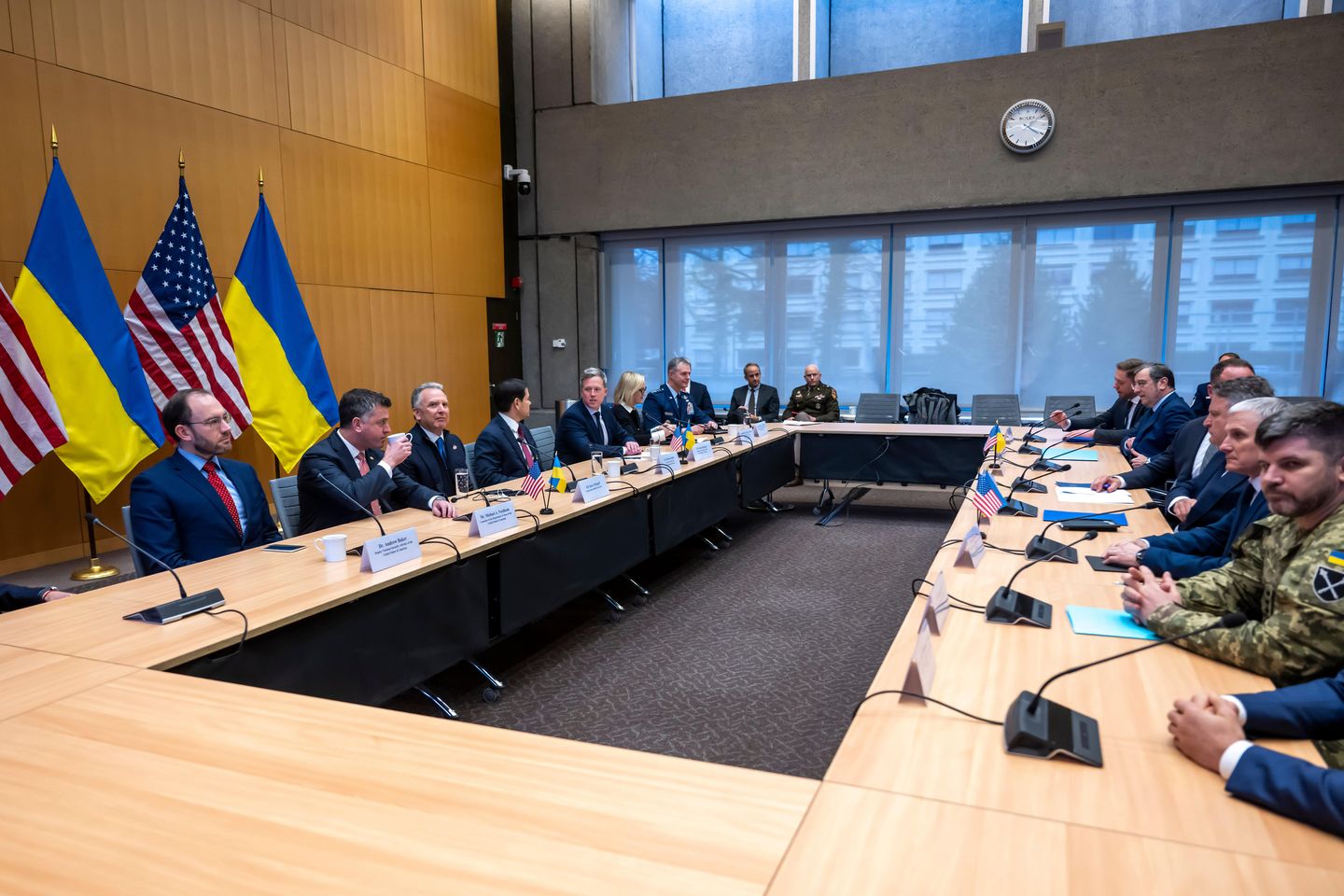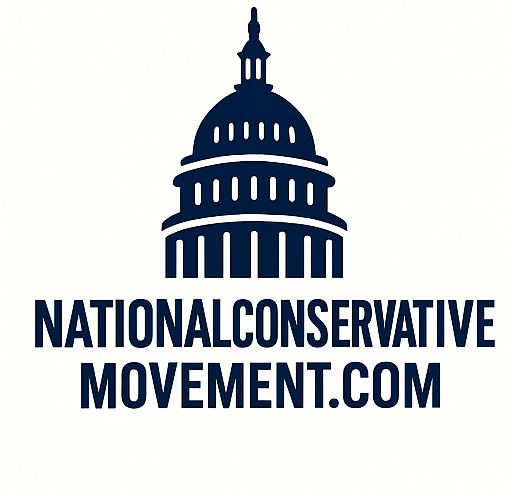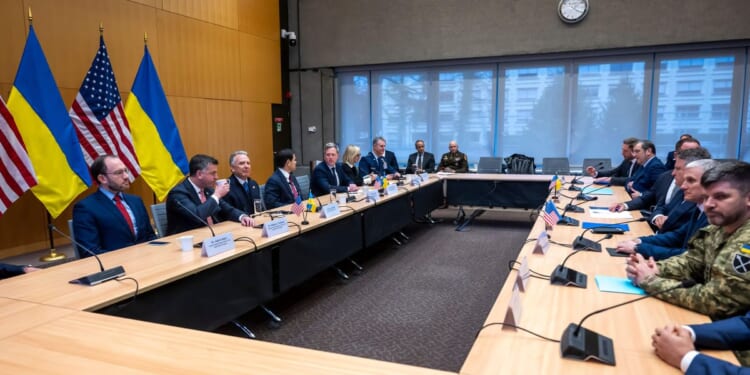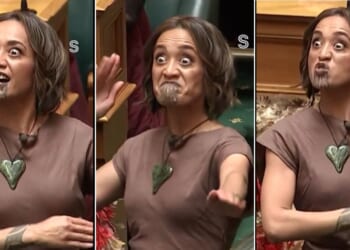
Don’t miss the full story from our staff writers, whose reportage is the basis of this article.
Ukraine has accepted the fundamental elements of a U.S.-brokered peace agreement aimed at ending its conflict with Russia, though a final resolution remains elusive due to persistent questions about territorial concessions to Moscow. President Trump expressed optimism Tuesday, suggesting negotiators are nearing a deal while putting public pressure on Russian President Vladimir Putin to advance peace efforts.
The discussions, which have not been fully disclosed, resulted in significant modifications to the Trump administration’s initial 28-point peace proposal following recent U.S.-Ukraine talks in Geneva. The original plan faced widespread criticism in America and Europe for being overly accommodating to Russia and potentially enabling future Russian military aggression against neighboring countries.
White House press secretary Karoline Leavitt indicated on social media that only a few delicate but manageable details require resolution among the United States, Ukraine, and Russia. U.S. Army Secretary Daniel P. Driscoll continued diplomatic efforts Tuesday, meeting with Russian officials in Abu Dhabi, United Arab Emirates, marking a resumption of direct face-to-face American engagement with the Kremlin. The meeting occurred hours after Russian strikes on Kyiv killed at least seven people.
Trump announced on Truth Social that special envoy Steve Witkoff would meet with Putin in Moscow, while Driscoll conducts additional talks with Ukrainian representatives. The president said he hopes to personally meet with Ukrainian President Volodymyr Zelenskyy and Putin when negotiations reach their final stages.
Ukrainian national security adviser Rustem Umerov clarified that Ukraine has not formally accepted any proposal but has reached a “common understanding” with Washington on the revised Geneva plan. The specific changes and points of agreement or disagreement remain unclear.
The initial proposal demanded Ukraine surrender its Donetsk and Luhansk regions plus Crimea, which Russia has controlled for over a decade. Russia would retain additional Ukrainian territory while withdrawing troops from some occupied areas. The plan would prohibit NATO troop deployment to Ukraine and effectively eliminate Ukrainian membership prospects while imposing significant military size restrictions on Kyiv.
Russia would receive relief from certain economic sanctions.
British Prime Minister Keir Starmer acknowledged the initial 28-point plan contained unacceptable provisions but welcomed continued American peace efforts. Russian Foreign Minister Sergey Lavrov said Moscow had not reviewed the latest version and would evaluate any proposal based on understandings from Trump’s August meeting with Putin in Anchorage, Alaska.
Ukraine’s NATO status remains a significant obstacle, as Russia has maintained that Ukrainian alliance aspirations were a primary invasion justification.
Read more: Ukraine, U.S. reach ’understanding’ on Trump-backed peace deal, but major hurdles remain
This article is written with the assistance of generative artificial intelligence based solely on Washington Times original reporting and wire services. For more information, please read our AI policy or contact Ann Wog, Managing Editor for Digital, at awog@washingtontimes.com
The Washington Times AI Ethics Newsroom Committee can be reached at aispotlight@washingtontimes.com.










